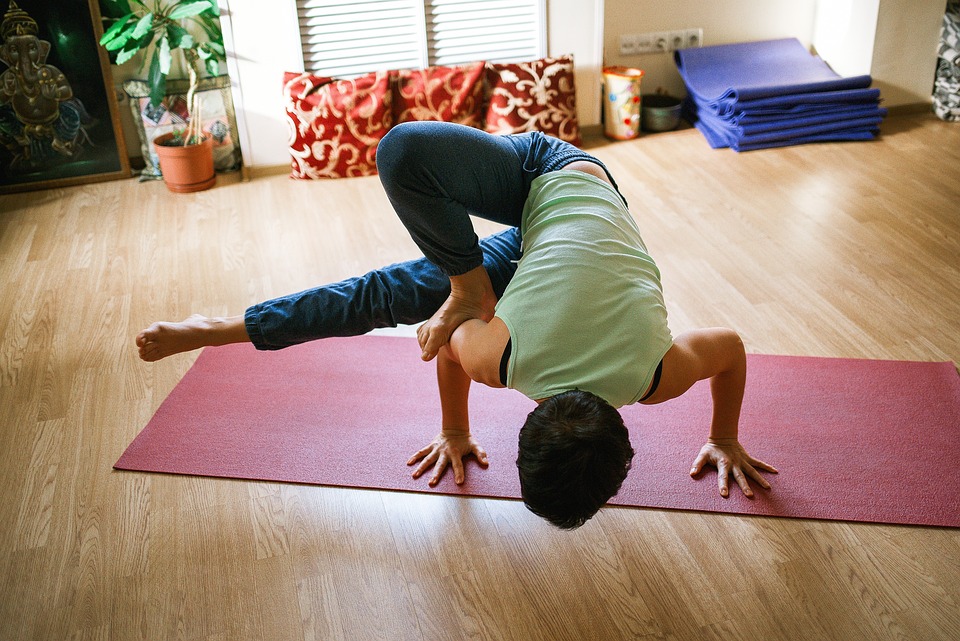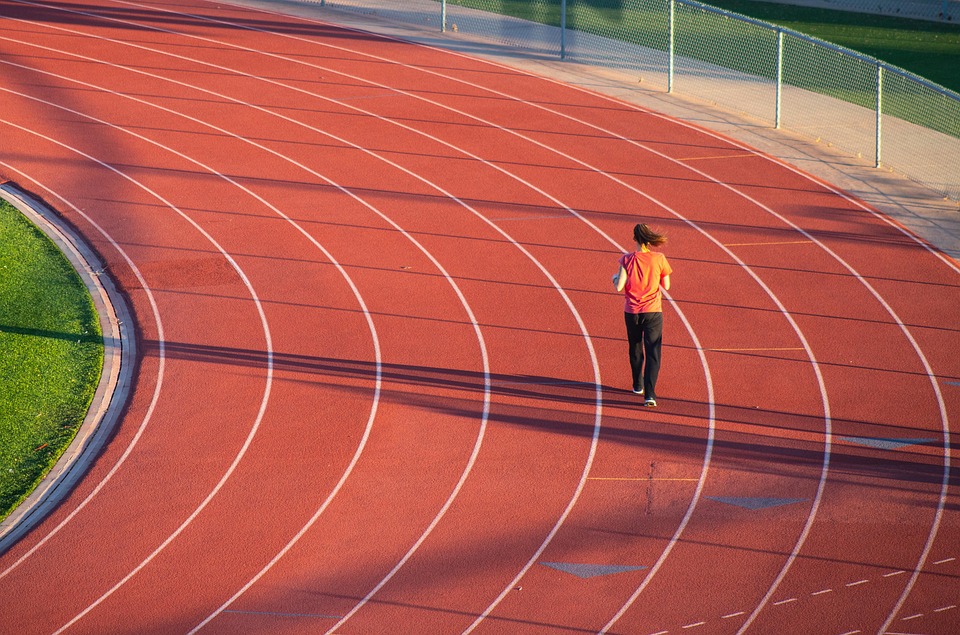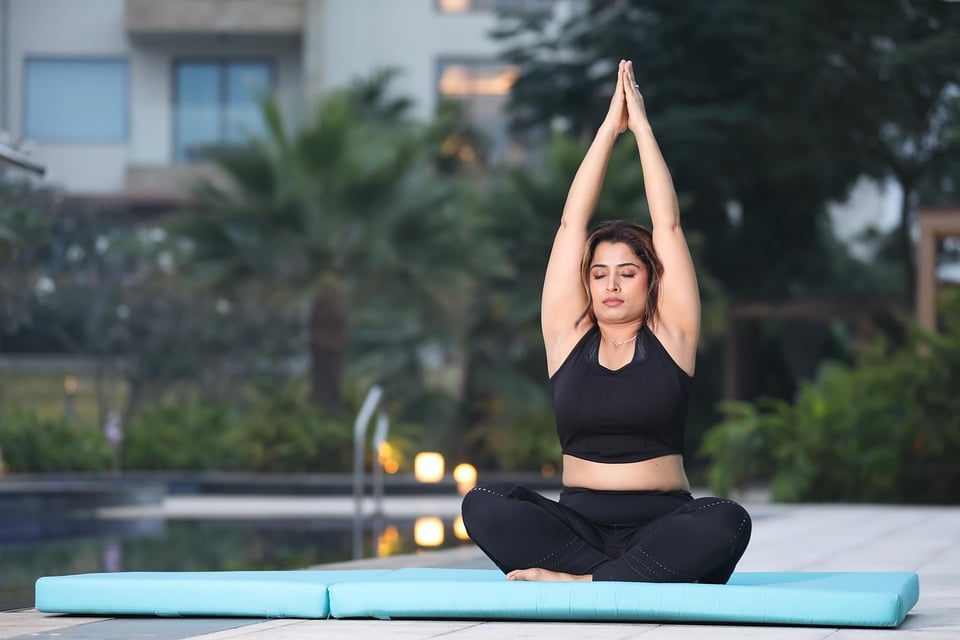Are you new to the world of yoga and feeling overwhelmed by the vast array of poses? You’re not alone! Yoga can seem daunting at first, but starting your journey with a few essential beginner yoga poses is the perfect way to ease into this transformative practice. In this article, we’ll guide you through ten key poses you can incorporate into your routine, helping you build strength, flexibility, and mindfulness along the way.
Why Yoga is Beneficial for Beginners
Before diving into the poses, let’s explore why yoga is such a wonderful practice for beginners. Yoga offers numerous physical and mental benefits, including:
- Increased Flexibility: Regular practice helps loosen tight muscles, making everyday activities easier.
- Improved Strength: Yoga poses engage various muscle groups, building strength over time.
- Stress Relief: Mindful breathing and meditation help reduce stress and enhance overall well-being.
- Better Posture: By strengthening your core and back muscles, yoga encourages better alignment.
With these benefits in mind, let’s look at ten essential beginner yoga poses to get you started!
1. Mountain Pose (Tadasana)
What It Is
Mountain Pose is the foundation for many standing poses in yoga. It teaches you to stand tall with a strong, grounded foundation.
How to Do It
- Stand with your feet together, arms at your sides.
- Distribute your weight evenly across your feet.
- Engage your thighs and lift your chest up.
- Let your arms hang naturally by your sides or reach them overhead.
Benefits
- Improves posture
- Enhances focus and concentration
2. Downward-Facing Dog (Adho Mukha Svanasana)
What It Is
This pose forms an inverted "V" shape, stretching the entire back body while energizing you.
How to Do It
- Start on all fours (tabletop position).
- Press your palms into the mat and tuck your toes under.
- Lift your hips upward, straightening your legs.
- Keep your head between your arms, gazing at your feet.
Benefits
- Stretches the hamstrings and calves
- Relieves tension in the spine
3. Child’s Pose (Balasana)
What It Is
Child’s Pose is a gentle resting pose, perfect for beginners to relax and reset.
How to Do It
- Kneel on the floor, sitting back on your heels.
- Reach your arms forward, resting your forehead on the mat.
- Breathe deeply, letting your body relax.
Benefits
- Calms the mind
- Stretches the back
4. Warrior I (Virabhadrasana I)
What It Is
Warrior I is a powerful standing pose that builds endurance and strength.
How to Do It
- Start in a standing position, step back with your left foot.
- Bend your right knee, keeping it aligned over your ankle.
- Raise your arms overhead, palms facing each other.
Benefits
- Strengthens the legs and core
- Increases focus and determination
5. Warrior II (Virabhadrasana II)
What It Is
Warrior II enhances your sense of stability and balance while opening your hips and chest.
How to Do It
- From Warrior I, open your arms wide to shoulder height.
- Look over your front hand, keeping your legs strong.
Benefits
- Engages the legs and core
- Enhances flexibility in the hips
6. Tree Pose (Vrksasana)
What It Is
Tree Pose teaches balance and stability, making it easier to focus and ground yourself.
How to Do It
- Stand tall and shift your weight onto one leg.
- Bring the other foot to your inner thigh or calf (avoid the knee).
- Raise your arms overhead, palms together.
Benefits
- Improves balance and coordination
- Strengthens the legs
7. Cat-Cow Stretch (Marjaryasana-Bitilasana)
What It Is
This dynamic pose helps warm up your spine and increase flexibility.
How to Do It
- Start on all fours in a tabletop position.
- Inhale as you arch your back (Cow).
- Exhale as you round your spine (Cat).
Benefits
- Relieves tension in the spine
- Improves mobility in the back
8. Seated Forward Bend (Paschimottanasana)
What It Is
A great pose for stretching the hamstrings and calming the mind.
How to Do It
- Sit on the mat with legs extended in front of you.
- Inhale and reach your arms overhead.
- Exhale and fold forward, reaching for your feet or shins.
Benefits
- Stretches the back and hamstrings
- Calms the nervous system
9. Bridge Pose (Setu Bandhasana)
What It Is
This pose strengthens the back and opens the heart while being accessible to almost everyone.
How to Do It
- Lie on your back with your knees bent and feet hip-width apart.
- Press your feet into the mat and lift your hips up.
- Interlace your fingers under your back for added support.
Benefits
- Strengthens the back and legs
- Opens the chest
10. Corpse Pose (Savasana)
What It Is
This final relaxation pose is essential for integrating your practice and calming the mind.
How to Do It
- Lie on your back with arms at your sides and legs extended.
- Close your eyes and focus on your breath.
- Release all tension, letting the body relax completely.
Benefits
- Promotes relaxation and mindfulness
- Enhances mental clarity
Tips for Practicing Beginner Yoga Poses
- Start Slowly: Don’t rush through the poses. Take your time to understand each posture’s alignment.
- Listen to Your Body: If something doesn’t feel right, adjust or skip the pose.
- Use Props: Blocks, straps, or blankets can make poses more accessible.
- Focus on Your Breath: Synchronizing your breath with your movements fosters relaxation and focus.
Conclusion: Begin Your Yoga Journey Today
Now that you’ve learned the ten essential beginner yoga poses, it’s time to roll out your mat and start your journey! Remember, the key to a successful yoga practice is consistency. Set aside a few minutes each day to practice these poses, and you’ll soon start to notice their physical and mental benefits.
Embrace the process, be patient with yourself, and enjoy the incredible journey of yoga. The world of yoga is vast, and as you become more comfortable with these beginner poses, you can explore more advanced techniques. So go ahead—breathe deeply, move mindfully, and let the journey transform you.
For more tips and resources on yoga and wellness, visit Darllin.space and take your first step toward a healthier, happier you!





